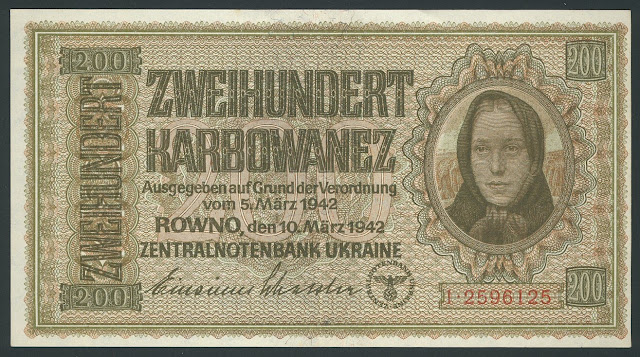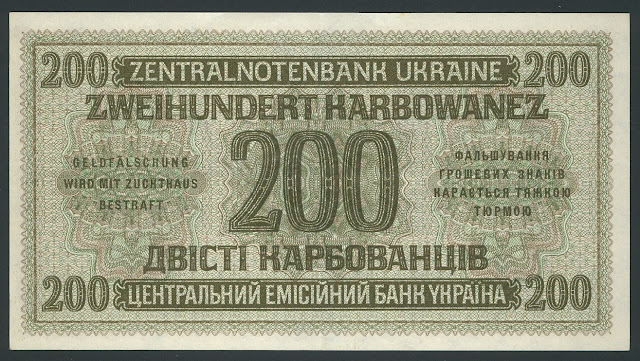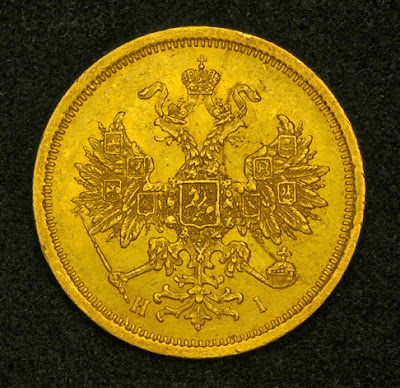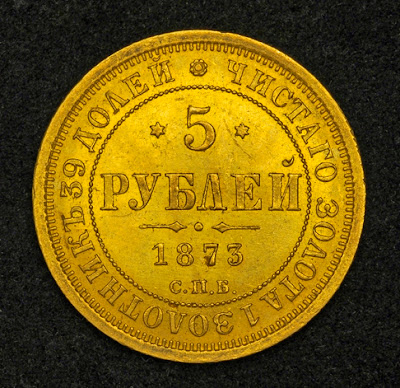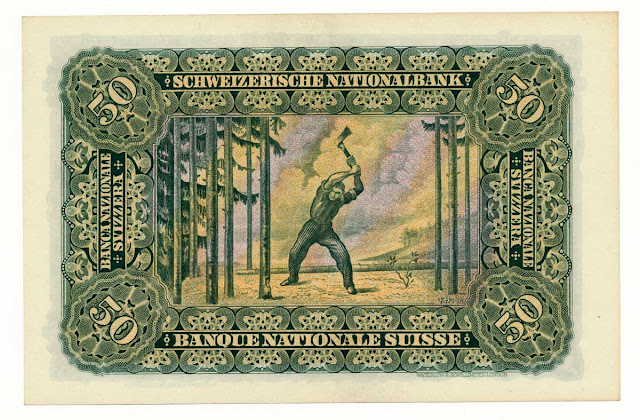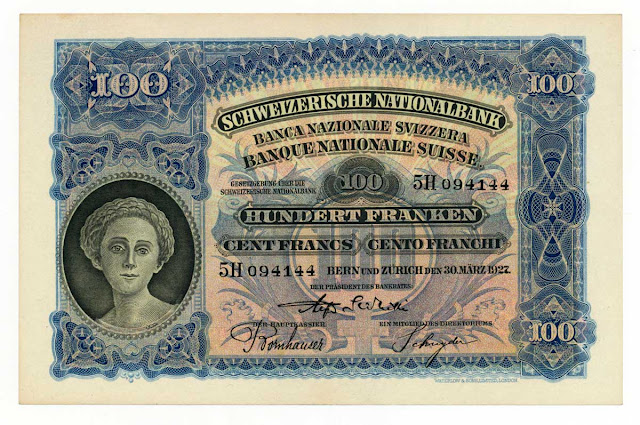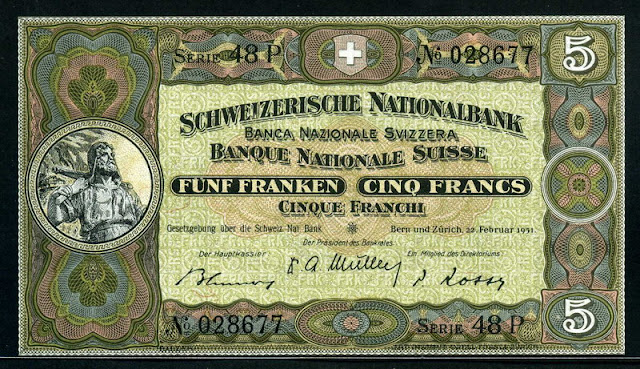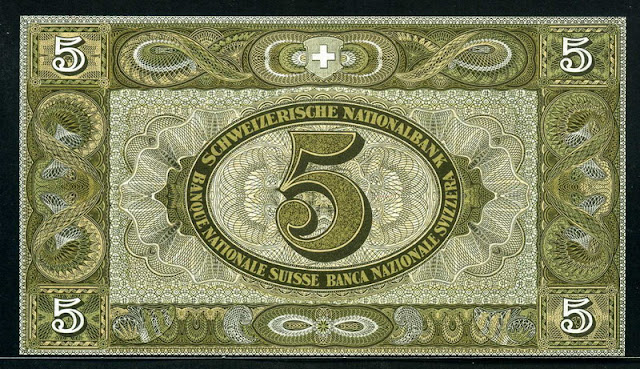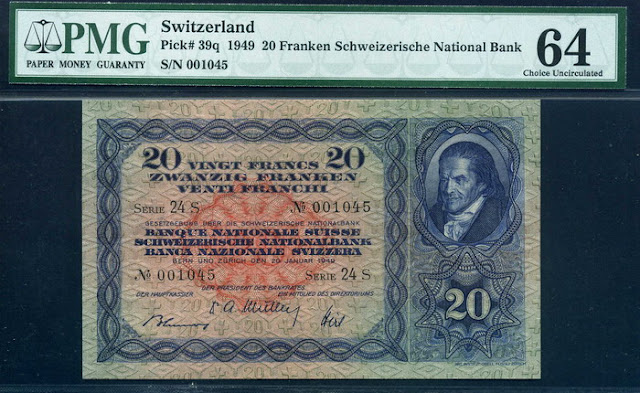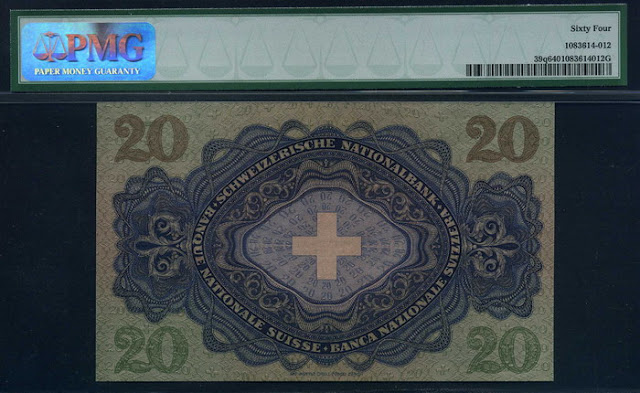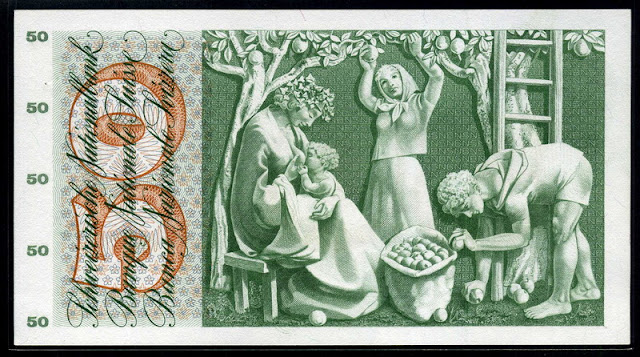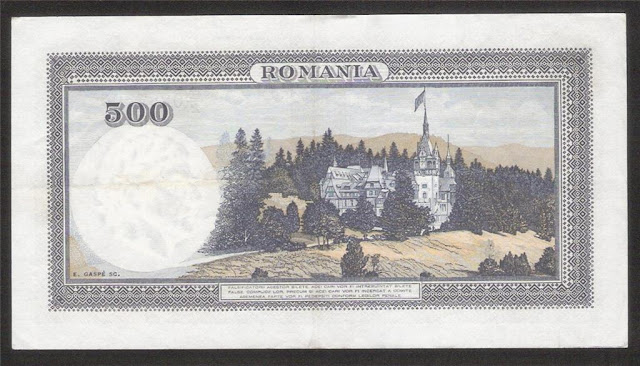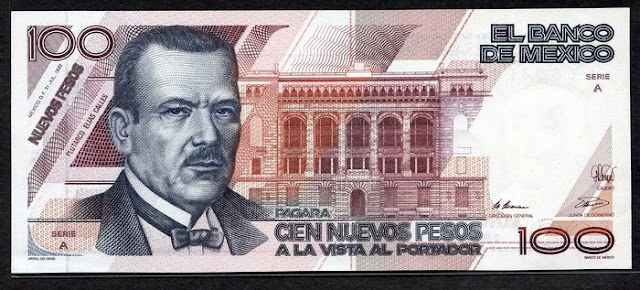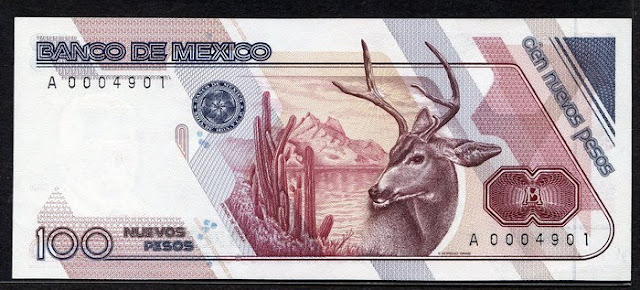 |
| Sweden Gold coin |
 |
| Swedish Gold Coins - 10 Francs - Carolin Gold Coin |
Obverse: Head of Charles XV as King of Sweden and Norway right. Engraver´s initials (L.A.) of Lea Ahlborn below.
Legend: CARL XV SVERIGES OCH NORG. GÖTH. O. VEND. KONUNG
Reverse: Crowned globe with three crowns inside.
Legend: 1 CAROLIN (9/10 FINT) 10 FRANCS (1869)
Engraver: Lea Ahlborn
Mint Place: Stockholm
Denomination: 10 Francs (Carolin)
Diameter: 19 mm
Weight: 3.22 gram of Gold (.900)
The carolin, a gold coin, was minted during 1868–72, to link the Swedish gold currency to the Latin Monetary Union, formed in 1865. One carolin was equal to 10 French francs (or units of the Latin Monetary Union) and to 7.1 riksdaler riksmynt. Its fine gold content was 2.90322 grams.
Charles XV of Sweden
Charles XV & IV also Carl (Carl Ludvig Eugen); Swedish and Norwegian: Karl (3 May 1826 – 18 September 1872) was King of Sweden (Charles XV) and Norway (Charles IV) from 1859 until his death.
Though known as King Charles XV in Sweden, he was actually the ninth Swedish king by that name, as his predecessor Charles IX (reigned 1604–1611) had adopted a numeral according to a fictitious history of Sweden.
Gold is a good investment - There are many different ways to invest in gold, but purchasing gold coins offers a unique opportunity to create really valuable coin collection.
